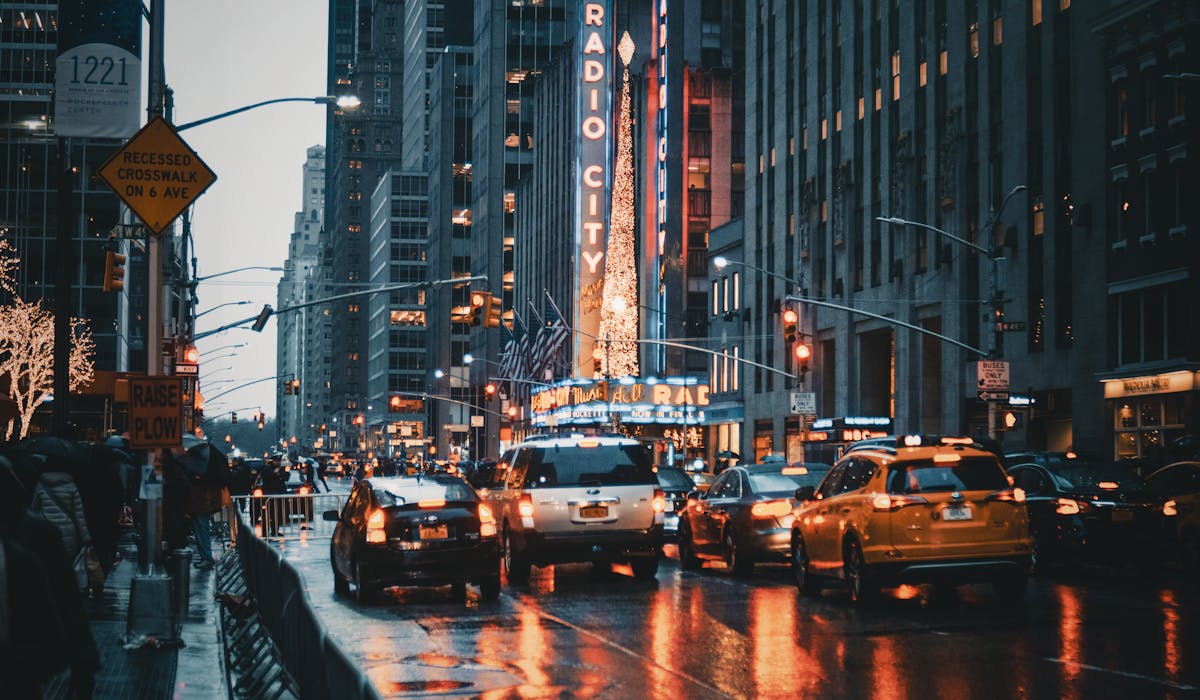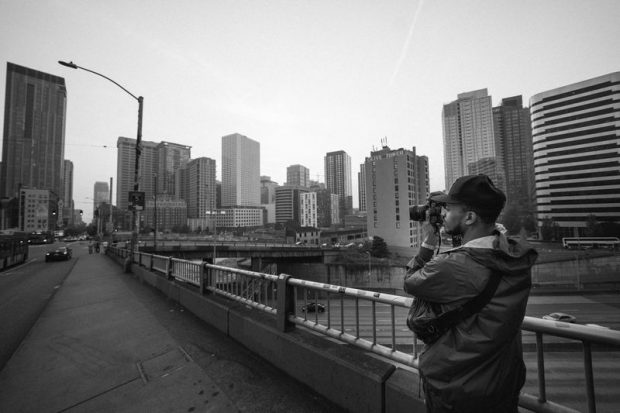Framing Streets for Dummies
Wiki Article
Unknown Facts About Framing Streets
Table of ContentsSome Known Incorrect Statements About Framing Streets 8 Easy Facts About Framing Streets ShownThe smart Trick of Framing Streets That Nobody is DiscussingFraming Streets Can Be Fun For AnyoneThe Only Guide to Framing StreetsThe Best Guide To Framing Streets
Digital photography style "Crufts Dog Program 1968" by Tony Ray-Jones Street digital photography (additionally occasionally called candid digital photography) is photography carried out for art or questions that features unmediated possibility encounters and arbitrary occurrences within public areas, normally with the aim of capturing photos at a crucial or poignant minute by careful framework and timing. 
Top Guidelines Of Framing Streets
Susan Sontag, 1977 Street digital photography can concentrate on individuals and their behavior in public. In this regard, the road professional photographer is comparable to social docudrama professional photographers or photojournalists that additionally operate in public areas, however with the aim of capturing newsworthy occasions. Any one of these photographers' images might record people and residential property visible within or from public locations, which often involves browsing moral concerns and laws of privacy, security, and building.Representations of daily public life form a style in practically every duration of world art, beginning in the pre-historic, Sumerian, Egyptian and very early Buddhist art durations. Art dealing with the life of the road, whether within views of cityscapes, or as the leading motif, appears in the West in the canon of the North Renaissance, Baroque, Rococo, of Romanticism, Realism, Impressionism and Post-Impressionism.
All about Framing Streets
Louis Daguerre: "Boulevard du Holy place" (1838 or 1839) In 1838 or 1839 the initial photograph of numbers in the street was taped by Louis-Jacques-Mand Daguerre in among a set of daguerreotype sights taken from his studio window of the Boulevard du Holy place in Paris. The 2nd, made at the elevation of the day, reveals an unpopulated stretch of road, while the other was taken at regarding 8:00 am, and as Beaumont Newhall reports, "The Blvd, so constantly full of a relocating crowd of pedestrians and carriages was flawlessly solitary, except a person that was having his boots brushed.Consequently his boots and legs were well specified, yet he is without body or head, since these were in movement." Charles Ngre, waterseller Charles Ngre. https://framingstreets1.wordpress.com/2024/01/10/framing-streets-exploring-life-through-street-photography/ was the very first professional photographer to attain the technological sophistication required to sign up people in activity on the road in Paris in 1851. Photographer John Thomson, a Scotsman functioning with reporter and social activist Adolphe Smith, published Road Life in London in twelve month-to-month installations starting in February 1877
Framing Streets Can Be Fun For Anyone
Eugene Atget is related to as a progenitor, not due to the fact that he was the initial of his kind, but as an outcome of the popularisation in the late 1920s of his document of Parisian roads by Berenice Abbott, that was influenced to embark on a similar paperwork of New York City. [] As the city developed, Atget helped to advertise Parisian roads as a worthwhile topic for photography.
The Of Framing Streets
Andre Kertesz.'s extensively appreciated Images la Sauvette (1952) (the English-language version was labelled The Decisive Minute) advertised the idea of taking a picture at what he termed the "decisive minute"; "when form and web content, vision and structure merged into a transcendent whole" - copyright a9iii.A Biased View of Framing Streets
The recording equipment was 'a hidden electronic camera', a 35 mm Contax hidden below his layer, that was 'strapped to the upper body and linked to a long wire strung down the ideal sleeve'. Nevertheless, his work had little modern effect as because of Evans' level directory of sensitivities regarding the originality of his job and the privacy of his topics, it was not published till 1966, in guide Lots of Are Called, with an introduction written by James Agee in 1940.Helen Levitt, after that an educator of children, associated with Evans in 193839. She recorded the transitory chalk illustrations - Lightroom presets that were component of children's road society in New York at the time, in addition to the youngsters who made them. In July 1939, Mo, MA's new photography section consisted of Levitt's work in its inaugural exhibitRobert Frank's 1958 book,, was significant; raw and commonly indistinct, Frank's pictures examined conventional digital photography of the moment, "tested all the official guidelines set by Henri Cartier-Bresson and Pedestrian Evans" and "flew in the face of the wholesome pictorialism and wholehearted photojournalism of American magazines like LIFE and Time".
Report this wiki page